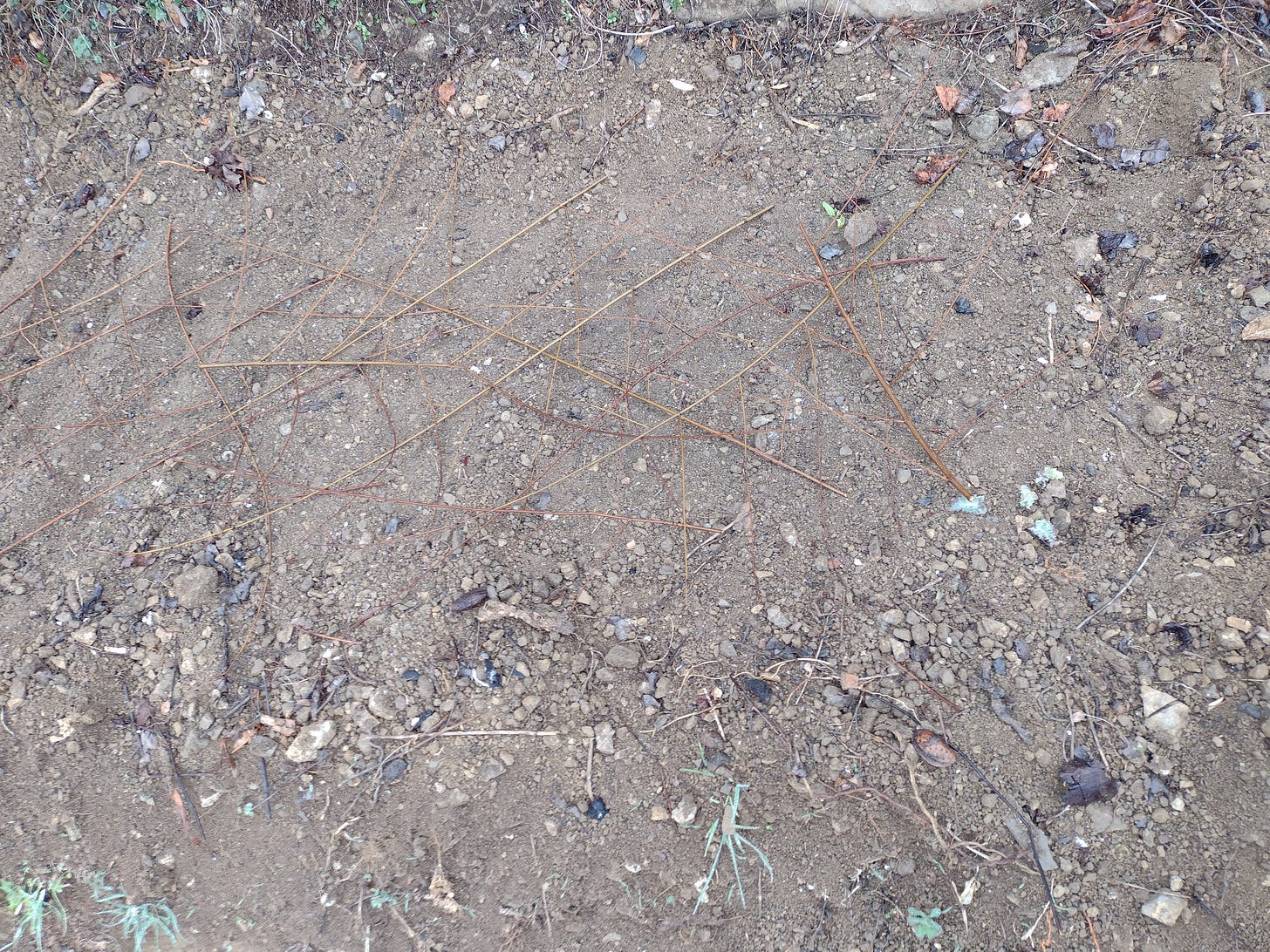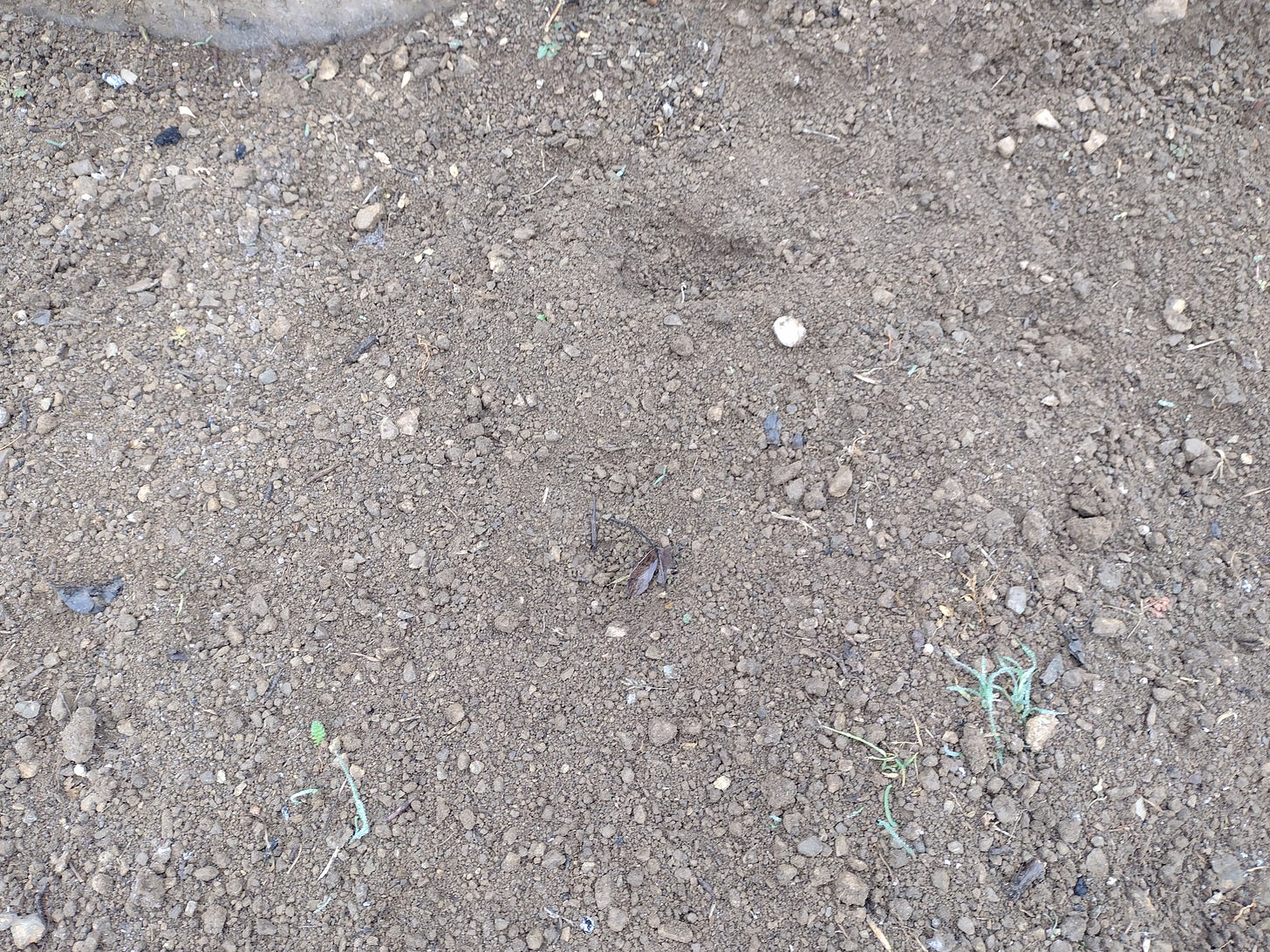Spring is almost upon us. In fact, there were several January days that felt like March and, just like warmth wakes plants up and they start putting forth leaves prepare for flowering, it put us in the mood for sowing.
In previous years, mid-January would have been too early to work in the garden. Not this year. The cold arrived at the end of last year, stayed for a couple of weeks and left, allowing us to get cracking early enough to possibly avoid a repeat of the 2024 June heat disaster. We figured that this year, we could give late spring frosts a chance to ruin our harvest.
Location planning was, as usual, the most pleasant part of the job. Crop rotation is important, it is also quite useful, so we took our time with that. Generally, we’ve made it a rule of thumb that beans and peas go where tomatoes used to be last year because of that wonderful nitrogen-capturing property that legumes have. For the rest of the beds, we looked up some crop rotation schemes. And then the sowing began.
The hardiest plants to begin sowing season with tend to be radishes and spinach, which we haven’t grown before so there’s some extra excitement about the new crop. Carrots we sowed out of habit and the desperate hope that if we put the seeds in the ground early enough the ants won’t get to them before they start germinating and maybe some will survive.
Now, why do the beds look like this, you might wonder, especially if you don’t have a pet. Well, the picture below is one reason why. The neighbour’s dog considers our garden an adjacent territory to her own and likes to take regular strolls through the beds. Being a Rottweiler and a well cared for one, she’s a big girl. A heavy girl.
And this is the other reason why the beds look like this. Obviously, the garden is one giant litterbox for His Majesty and he especially appreciates the flat, smooth bits that the caretakers prepare specifically for him and his Needs.
Pictured here as Vlad the Scourge of Lizards. Also, we need to do a complete makeover of the so-called summer kitchen.
Anyway, once the plants show up we’ll switch this stick design with a series of shorter sticks that we will stick around the plants. Sara will be free to roam between them and Vlad can fertilise the inter-plant space. We have resigned ourselves to the idea we will never have a glossy, perfect garden.
Besides the radishes and the spinach we’ve also started on the nightshades — we were today years old when we learned that the family name of tomatoes and aubergines. We were more modest with the tomatoes this year, planning for just five plants from each variety for a total of 30, with a view to a second harvest of two late varieties for canning purposes.
This is how it all begins — the journey to, hopefully and with a little luck, dozens of salads and scores of jars with tomato puree, soup additive, and pickle.
Another thing we’re doing for the first time this year is growing green onions. Apparently, they can be grown in a pot, which was good news because also apparently, they take months to grow. So we put some seeds in a pot and started waiting. They are certainly taking their sweet time.
Finally, the great brassica experiment. Because we still have some cabbage and broccoli seeds, we’ve going to try and grow some — with a view to testing various pest control weapons for efficiency. If any survive, all the better. If not, we’ll have learned something about natural and homemade insecticides.







Handsome kitty.